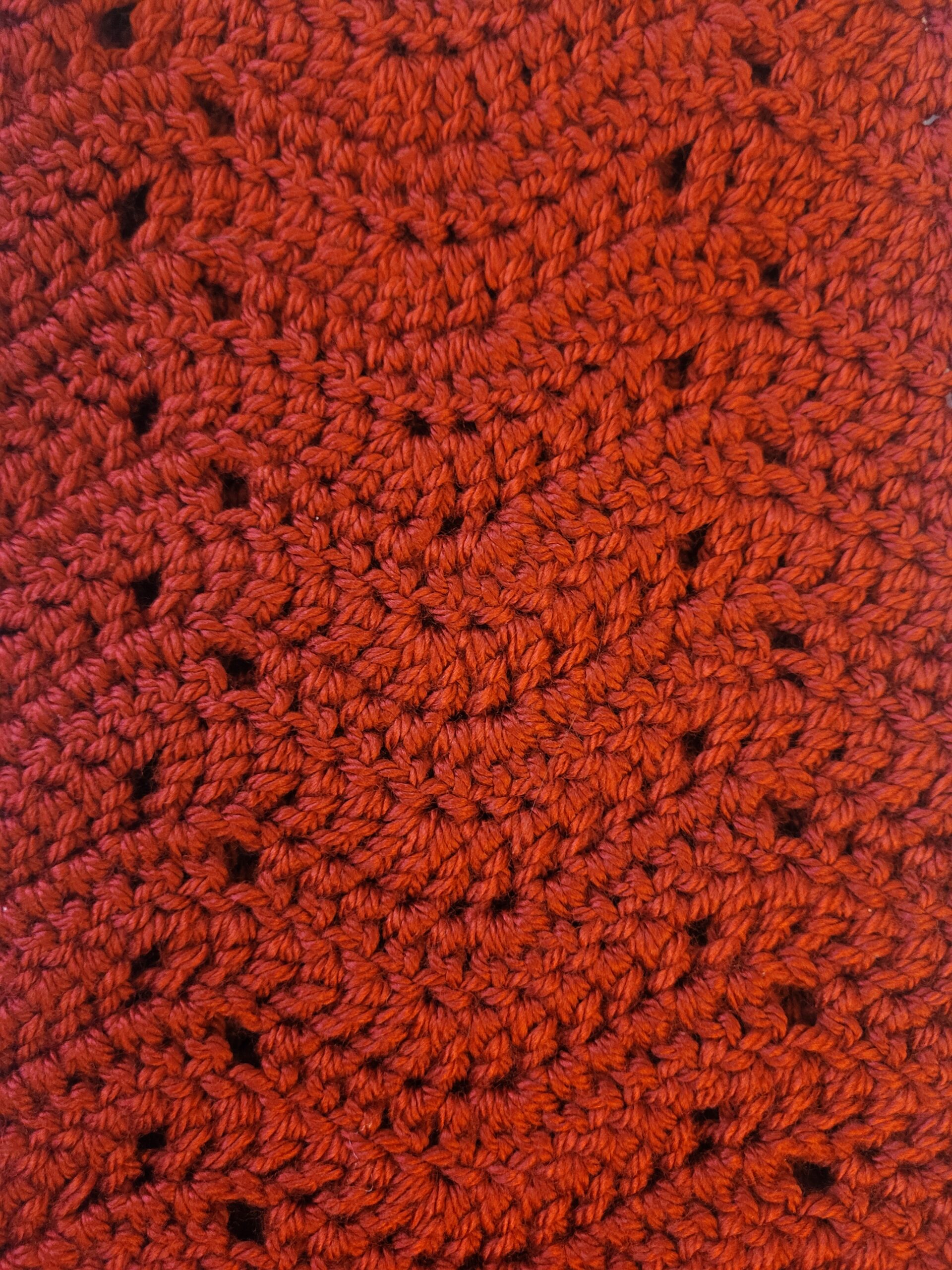Over the years, the right to vote in the United States has changed drastically. While only white land-owning men could vote at the country’s inception, laws like the Voting Rights Act of 1965, a series of constitutional amendments, and the efforts of countless individuals and organizations opened up suffrage over time.
It is integral to note; however, that legally having the right to vote did not automatically give people the ability to exercise their right to vote.
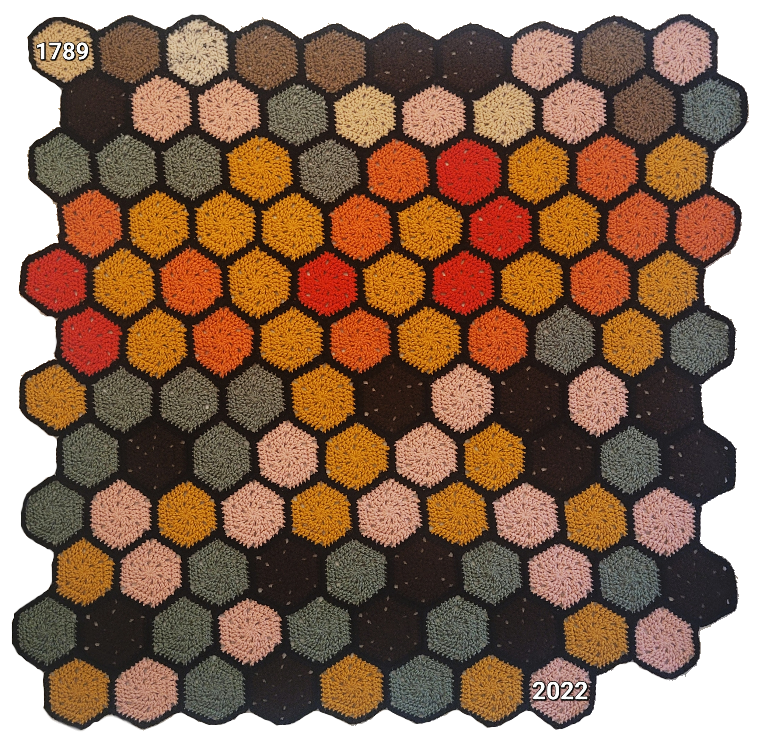
As we explore what the different parts of the blanket represent, reflect on why and how voter turnout could have been affected both legally and through cultural norms of prejudice.
Understanding the voter turnout blanket
The blanket displays turnout of the voting-eligible population in the United States, with each hexagon representing either a presidential or midterm election. Data for this came from the United States Elections Project by Michael McDonald.
The color of a hexagon reflects a ten percent range of voter turnout, with red representing the highest turnout at over eighty percent and light gray the lowest at less than ten percent.
As of May 2023, only six elections in history have reached over eighty percent, and none of them occurred in the 20th or 21st centuries.
In recent years, most presidential elections have seen turnout in the 60th percentiles (as represented in yellow) with midterm elections falling below that in turnout. The 2018 midterm election; however, signifies the highest turnout rate for a non-presidential election since 1914 with 50 percent turnout (as seen in green).
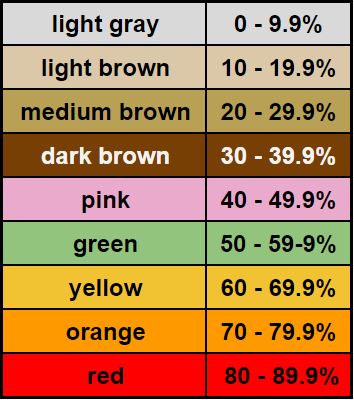
Ties to Voter Disenfranchisement
While there have been legal and legislative improvements to suffrage over time, there have also been roadblocks at each stop along the way.
Below is a brief overview of the regulations surrounding voting and of voter suppression tactics in the United States that impact voter turnout.
Constitutional Amendments about Suffrage
- 15th Amendment – opened up suffrage to African American males in 1870
- 19th Amendment – extended suffrage to women in 1920
- 23rd Amendment – gave residents in Washington D.C. the right to vote in presidential elections in 1960
- Despite being the nation’s capital, Washington D.C. lacks statehood, resulting in limited representation in Congress even though residents pay federal taxes
“Registration numbers reflected the effects of discriminatory laws. Black women did present themselves to officials in the fall of 1920, but many found the doors closed.”
Jones, Politico
- 26th Amendment – lowered the voting age from twenty-one to eighteen in 1971
Federal Regulations About voting
- Voting Rights Act of 1965
- The landmark legislation of the civil rights movement
- Gutted with Shelby County vs Holder in 2013
- Americans with Disabilities Act of 1990 (ADA)
- Ensures that voters with disabilities have equal access to the ballot box and electoral process
- Snyder Act of 1924
- Extends citizenship to indigenous peoples born in the U.S.
- Voter suppression tactics and state laws still barred Native Americans from voting
- Other federal voting regulations
voter suppression of the past & present
Voting rights may have expanded legally over time, but they have not been enforced equally across the board. Additionally, with states in control of what elections look like for their residents, voting can be very different depending on where one lives in the United States.
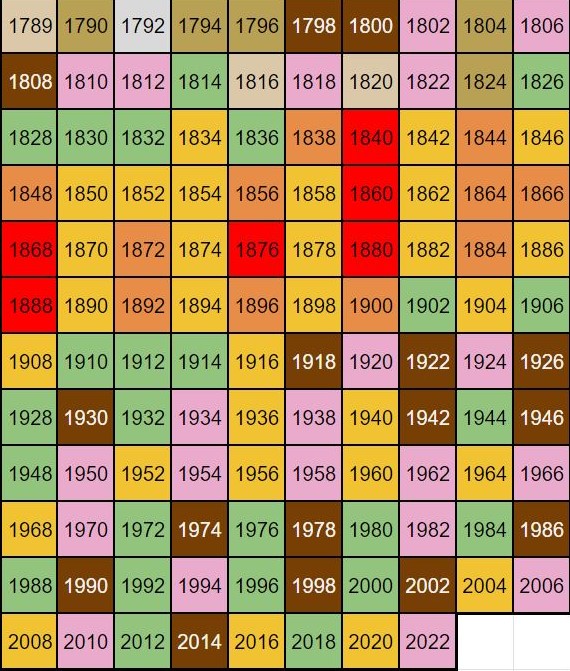
- Voter ID laws
- Require identification in order to vote
- Different states accept different identification
- For example: in 2023 Idaho passed a bill removing university student IDs from the list of acceptable identification beginning in 2024
- Strict voter ID laws place undue burden on those with fewer resources and result in less turnout among minority voters
- Poll taxes
- Required payment of a yearly fee in order to vote
- Made illegal federally with the 24th Amendment in 1964
- Made illegal in state and local elections in 1966
- Established shortly after slavery was abolished, poll taxes effectively prevented recently freed slaves and poor white citizens from voting
- Required payment of a yearly fee in order to vote
- Grandfather clauses
- Restricted suffrage to only those whose ancestors were allowed to vote
- Prevented those whose ancestors were enslaved and disenfranchised from voting
- Literacy tests
- Required some potential voters to complete an assessment
- Tests were often purposefully confusing or impossible to pass with questions like “draw a triangle with a blackened circle that overlaps only its left corner”
- Voter roll purges
- Removes voters from voter registration rolls to ‘clean them up’
- While not inherently bad, they are frequently done poorly, resulting in the removal of eligible voters with little notice before an election or with voters of color overrepresented in those purged
“More often than not, however, these purges result in the disproportionate removal of voters of color, often with many inaccuracies.”
Daniels, 122
- White Primary
- Prohibited people of color from voting in primary elections in parts of the U.S.
- Legal until Smith vs Allwright in 1944
- Prohibited people of color from voting in primary elections in parts of the U.S.
- Polling place changes
- Vote centers and polling places can be moved or removed
- For example: in 2023, Texas proposed a law that would ban polling places on college campuses for safety
- These changes can confuse voters, move their polling place to less accessible location, or create long lines
- Vote centers and polling places can be moved or removed
- Gerrymandering
- The practice of drawing congressional districts to favor one political party or group
- In the United States congressional districts are redrawn every ten years
- Results in one party winning more seats, even when the other party receives a majority of the votes, and reduces the number of competitive races
- For example: in Illinois in 2016, more than 60% of state races were uncontested
- The practice of drawing congressional districts to favor one political party or group
- Violence and intimidation
- Historically, voters of color have faced violence when trying to exercise their rights
- Even in 2022, there were recorded incidents of voter intimidation at polling places
- Felony disenfranchisement
- Prevents those incarcerated or formerly incarcerated from voting
- people of color are overrepresented in this category due to the United States’ history of over policing those communities
- Roughly 4.6 million U.S. citizens were unable to vote due to these restrictions in 2022
- Prevents those incarcerated or formerly incarcerated from voting
- Where and how to vote
- Each state has different regulations in regard to how and where people can cast their ballot
- Vote-by-mail, absentee voting, early drop-off, election day, etc
- Changing or restricting the ways people can vote can make it confusing and inaccessible
- Each state has different regulations in regard to how and where people can cast their ballot
Conclusion
While voter turnout is an interesting metric, one needs to dive deeper to understand the United States’ history of voting and disenfranchisement, especially with states in charge of what voting looks like for their residents.
Despite these efforts to make it harder to vote, people are still invested and fighting back against voter suppression, just like they have done throughout history.
Take Action today to learn more about this topic and how people are working to make voting for accessible and equitable in the United States.
Gallery
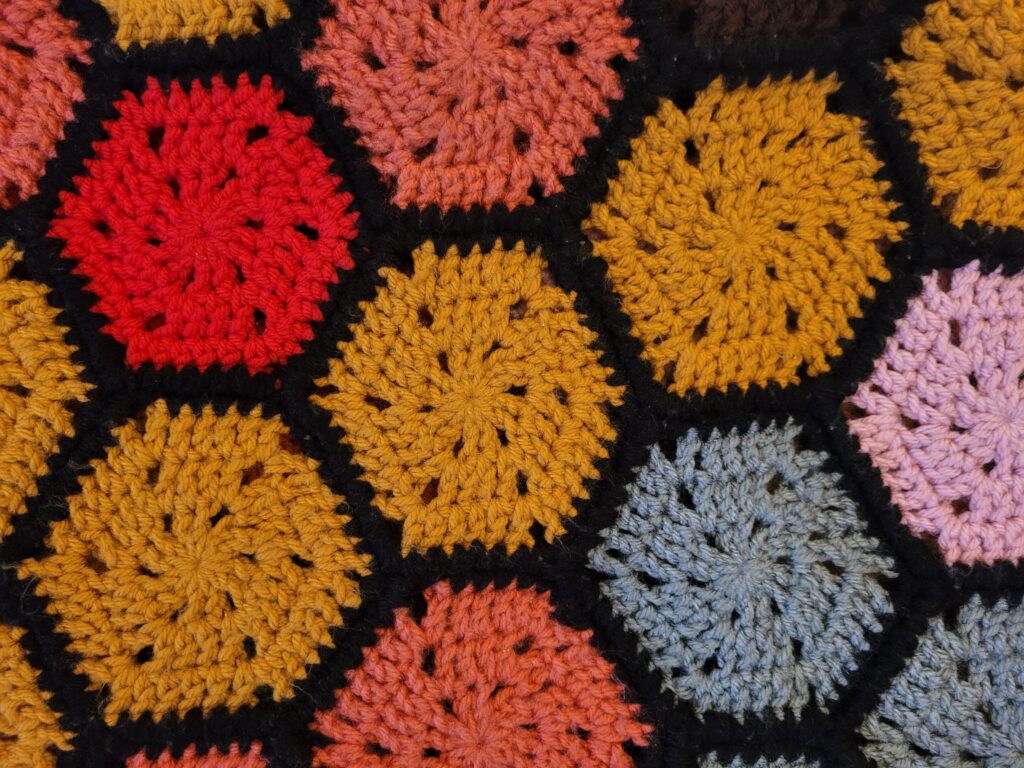



Works Cited
Daniels, G. (2020) Uncounted: The Crisis of Voter Suppression in America. New York University Press
Jones, Martha. “What the 19th Amendment Meant for Black Women.” Politico. https://www.politico.com/news/magazine/2020/08/26/19th-amendment-meant-for-black-women-400995
McDonald, Michael P. 2023. “Voting Statistics.” United States Elections Project. 3/21/2023.
